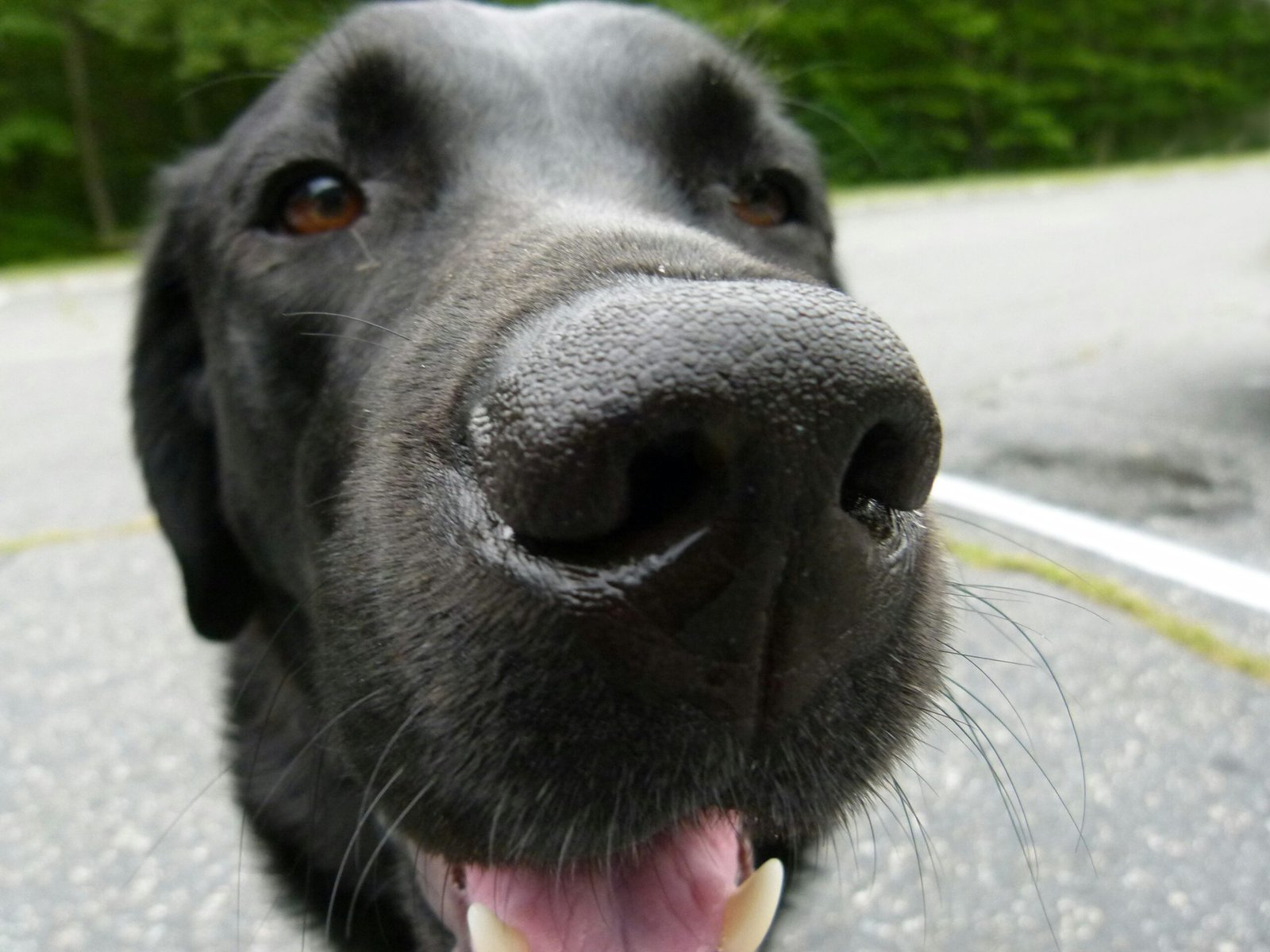The estimated breeding value (EBV) is one of the most powerful tools available to modern animal breeders, yet it remains shrouded in mystery for many. If you’re a breeder dedicated to improving the health, performance, and quality of your animals, moving beyond traditional pedigrees and visual assessments is crucial. This handbook is designed to demystify the estimated breeding value, breaking down what it is, how it’s calculated, and most importantly, how you can use it to make tangible, lasting improvements in your breeding program.
For decades, livestock breeders have used data to drive genetic progress. Now, this same science is revolutionizing the pet breeding world, particularly for tackling complex health issues like hip and elbow dysplasia in dogs. An estimated breeding value isn’t a guess; it’s a scientific prediction of an animal’s genetic worth as a parent. Understanding and utilizing this metric is the key to moving from being a good breeder to being a great one.
What Exactly is an Estimated Breeding Value (EBV)?
At its core, an estimated breeding value is a calculation that predicts the genetic merit of an animal for a specific trait. It’s the difference between an individual animal’s genetic potential and the average genetic potential of the breed population for that trait.
To understand this, we must first grasp a fundamental concept: Phenotype vs. Genotype.
- Phenotype: This is what you see—an animal’s physical appearance, health status, or performance. For example, a dog’s official hip score, its litter size, or its speed on a track.
- Genotype: This is the animal’s actual genetic code—the DNA it inherited from its parents and will pass on to its offspring.
The crucial equation to remember is: Phenotype = Genotype + Environment
A dog can have a perfect “Excellent” hip score (phenotype) partly because it has great genes (genotype), but also because it was kept at a perfect weight, received joint supplements, and never suffered an injury (environment). Conversely, a dog with genetically superior hips might get a “Fair” score because it was over-exercised as a puppy.
The problem for breeders is that the environment “masks” the true genetics. When you breed two dogs with “Excellent” hips, you might still get puppies with hip dysplasia because you were unknowingly breeding two animals whose good hips were mostly due to a good environment, not superior genes.
This is where the estimated breeding value comes in. It uses sophisticated statistical models to strip away the “noise” of the environment and isolate the “Genotype” part. It tells you what an animal’s genes really are for a specific trait, which is exactly what you are breeding for. An estimated breeding value provides a far more accurate predictor of breeding outcomes than a phenotype (like a simple health screening score) alone.
The Science Behind the Number: How is an EBV Calculated?
An estimated breeding value is not a simple number. It’s the product of complex calculations, typically using a model called BLUP (Best Linear Unbiased Prediction). While you don’t need to be a statistician to use EBVs, understanding where the data comes from is essential.
The BLUP model acts like a giant, intelligent sieve. It takes in massive amounts of data from multiple sources to compute the final estimated breeding value.
1. The Individual’s Own Performance
The animal’s own phenotype (its hip score, eye exam result, litter size, etc.) is the first piece of data. However, this is just one piece of a much larger puzzle.
2. The Power of Relatives (The “Secret Sauce”)
This is what makes an estimated breeding value so powerful. The model analyzes the performance of all known relatives and uses that information to inform the individual’s genetic risk. This includes:
- Parents: Sire and Dam
- Siblings: Full-siblings and half-siblings
- Progeny: An animal’s offspring (the most powerful data source)
- Other Relatives: Aunts, uncles, grandparents, etc.
Let’s imagine a stud dog, “Max.” Max has “Good” hips. However, 80% of his siblings have “Poor” hips, and 40% of his previous offspring have been diagnosed with dysplasia. The traditional breeder sees “Good” and breeds him. The data-driven breeder looks at his resulting estimated breeding value, which would be very poor (indicating high genetic risk), and knows Max is a high-risk carrier for the bad genes, despite his own good luck. The estimated breeding value correctly identified him as genetically inferior for that trait.
3. Heritability (h²)
The model also accounts for the heritability of the trait. Heritability is a measure (from 0 to 1) of how much of the variation in a trait is controlled by genetics versus the environment.
- High Heritability (e.g., > 0.4): Traits like height or certain coat colors. Genetic progress can be made quickly.
- Low Heritability (e.g., < 0.2): Traits like fertility, litter size, and many complex diseases (like hip dysplasia). These are heavily influenced by the environment, making it hard to “see” the genes.
Ironically, the estimated breeding value is most valuable for low-heritability traits, because the environment creates so much noise that the EBV is the only way to find the genetically superior animals.
4. Contemporary Groups
The model is smart enough to account for environmental differences. It groups animals that were raised in the same “contemporary group” (e.g., same kennel, same year, same diet). This stops a breeder who feeds a high-end diet from having all their animals look genetically superior to a breeder who feeds a standard diet. It levels the playing field to compare the genetics.
By combining all this data, the model produces a single, highly accurate number: the estimated breeding value.

EBV vs. Traditional Pedigrees: A Modern Breeder’s Upgrade
Breeders have used pedigrees for centuries, tracking champion lines and notable ancestors. Pedigrees are fantastic for understanding lineage and history. However, they have significant limitations.
A pedigree full of “Champions” tells you those dogs won in the show ring (phenotype). It tells you nothing specific about the genes they carry for hip health, heart conditions, or epilepsy. It’s a “history of success,” not a “prediction of merit.”
Think of it this way:
- A Pedigree is like a resume. It shows an animal’s family history and accomplishments.
- An EBV is like a genetic SAT score. It shows the animal’s innate academic potential for a specific subject.
You wouldn’t hire someone just because their parents were successful, and you shouldn’t breed an animal just because its parents were champions. The estimated breeding value is a quantitative, objective tool that complements the qualitative art of pedigree analysis. It allows you to prevent common genetic diseases with a level of precision that was previously impossible.
Understanding EBV Accuracy (ACC)
When you look up an estimated breeding value, you will almost always see a second number next to it: Accuracy (ACC). This is just as important as the EBV itself.
Accuracy is expressed as a percentage (or a decimal from 0 to 1) and tells you how much confidence we have in the estimated breeding value. It’s a measure of how much data was used to calculate the EBV.
- Low Accuracy (e.g., 20-40%): This is typical for a very young animal with no offspring and few tested relatives. Its own phenotype is the main piece of data. A low-ACC estimated breeding value is likely to change (potentially by a lot) as more data (e.g., from its first litter) becomes available.
- High Accuracy (e.g., 85-99%): This is typical for a “proven” animal—an older sire with many tested offspring. We have so much data on what this animal produces that we are highly confident in its genetic merit. Its estimated breeding value is very stable and unlikely to change.
How to Use ACC:
- A young animal with a fantastic EBV but low ACC is a “high-risk, high-reward” choice.
- An older, proven animal with a fantastic EBV and high ACC is a “sure thing” for choosing a healthy sire.
Don’t ignore the accuracy. It’s the metric that tells you how much to “bet” on the EBV being correct.
Practical Applications: Using EBVs in Your Breeding Program
This is where the theory meets practice. Here’s how you can actively use the estimated breeding value to make better decisions.
1. Interpreting the Number
EBVs are typically centered around a breed average, which is set at 0 (or sometimes 100).
- A “0” EBV: The animal is genetically average for the breed for that trait.
- A Positive EBV: The animal is genetically above average.
- A Negative EBV: The animal is genetically below average.
CRITICAL: You must know whether a high or low number is good!
- For growth traits (like weaning weight in cattle), a high positive EBV is desirable.
- For disease traits (like hip dysplasia or elbow dysplasia), a low negative EBV is desirable, as it indicates a lower genetic risk.
For example, the Orthopedic Foundation for Animals (OFA), a key resource for US breeders, calculates EBVs for hip and elbow dysplasia. For them, a lower estimated breeding value is better.
2. Selecting Sires and Dams
Instead of just choosing a sire with “Excellent” hips, you should seek a sire with “Excellent” hips and an estimated breeding value that indicates low genetic risk (e.g., a negative number). This ensures you are breeding for true genetic quality. Breeding two animals with great EBVs dramatically increases your probability of producing healthy, high-quality offspring.
3. Predicting Offspring Merit
This is a simple but powerful calculation. You can predict the average genetic merit of a litter by averaging the EBVs of the parents.
(Sire EBV + Dam EBV) / 2 = Average Progeny EBV
Example: You want to reduce hip dysplasia risk (where lower is better).
- Sire EBV: -0.15
- Dam EBV: -0.25
- Predicted Litter Average: (-0.15 + -0.25) / 2 = -0.20
This litter is predicted to be, on average, genetically superior for hips than a litter from a “0” average sire and dam. This is a core part of breeding best practices.
4. Culling and Replacement Decisions
The estimated breeding value is a perfect tool for deciding which animals to keep in your program. A female who looks fantastic (great phenotype) but has a poor estimated breeding value (perhaps because she produced several poor-quality offspring) is a prime candidate for culling from the breeding program. Conversely, a young animal with a superior estimated breeding value (but perhaps an average phenotype) is a “keeper,” as her genetic potential is what matters for the next generation.
5. Monitoring Genetic Progress
By tracking the average estimated breeding value of your kennel or cattery year over year, you get an objective, data-driven report card. Is your average EBV for hip health decreasing (getting better)? Is your average EBV for temperament (if available) improving? This allows you to measure your success as a breeder in concrete terms.
The Future: Genomic EBVs (GEBVs)
The next evolution is already here: Genomic Estimated Breeding Value (GEBV).
A GEBV combines all the data of a traditional estimated breeding value (individual, relatives, progeny) with one more massive dataset: DNA.
By using a DNA panel (often a SNP chip), scientists can identify thousands of genetic markers associated with a specific trait. This information is fed into the BLUP model, resulting in a much higher accuracy, especially for young animals.
With a GEBV, you can know a puppy’s genetic merit for a complex trait with high accuracy before it’s old enough to be screened itself. This dramatically speeds up genetic gain, as breeders can make selection decisions years earlier. This technology, pioneered in livestock, is being actively developed for dogs by institutions like Cornell University’s College of Veterinary Medicine and will become a standard part of responsible breeding. The future of understanding dog genetics lies in this fusion of data.
Conclusion: A New Standard for Breeding
The estimated breeding value is not a fad. It is the gold standard for genetic selection, backed by decades of data and used to feed the world via the livestock industry. For pet breeders in the USA and abroad, it represents a powerful shift from “breeding by eye” to “breeding by science.”
By adopting the estimated breeding value as a primary tool, you are not replacing your hard-won breeder’s intuition; you are enhancing it. You are giving yourself the most accurate information possible to produce healthier animals, improve your breed, and solidify your reputation as a breeder who is truly dedicated to excellence. Start by seeking out your breed’s parent club or organizations like the OFA to see what estimated breeding value data is available for you. Your program’s future—and the health of your animals—depends on it.




